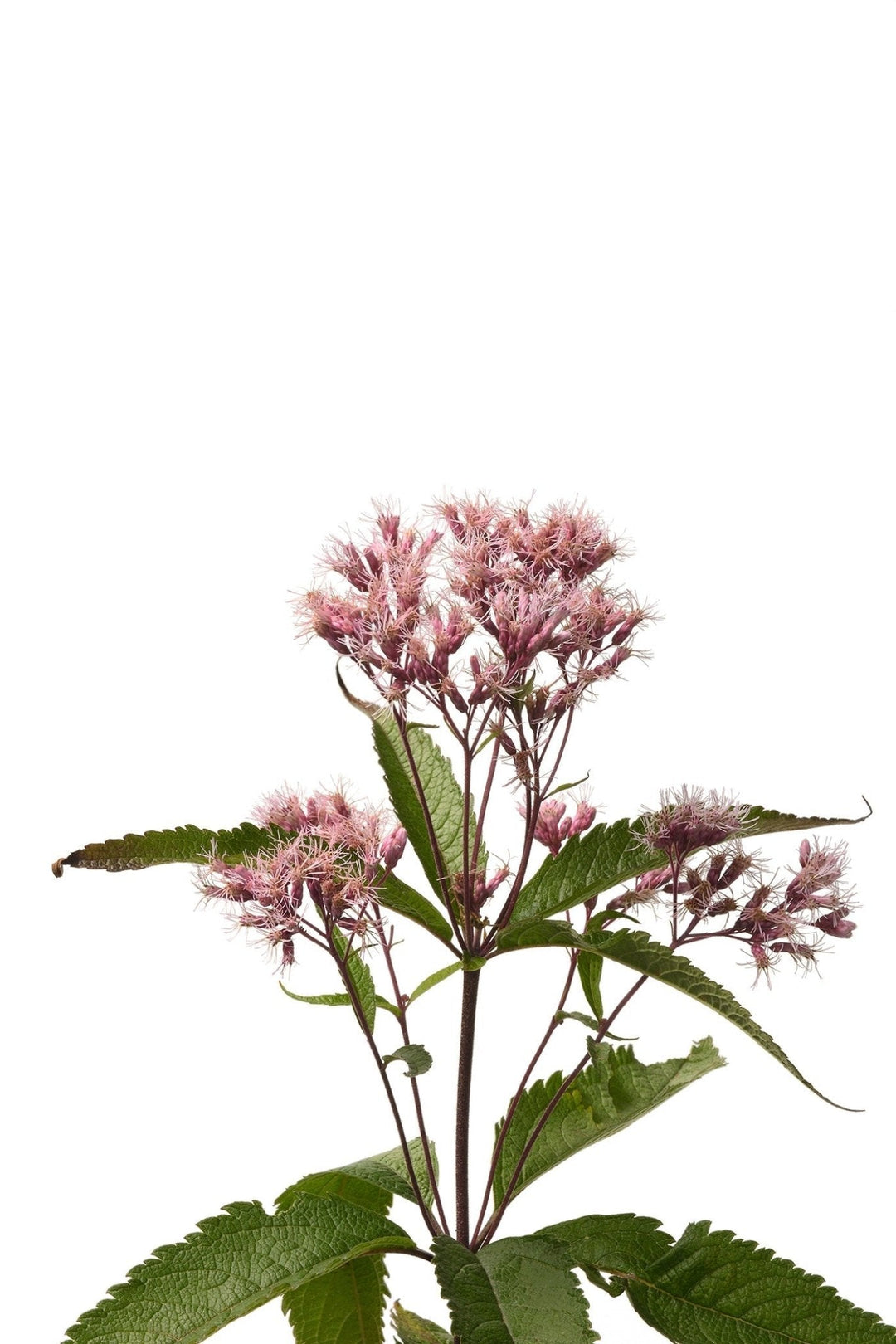
Rose | Swamp Milkweed Seeds - Asclepias incarnata
Neonicotinoid-Free Non-GMO Swamp Milkweed Seeds
A stunning pink hued flower known for supporting pollinators with nectar and being a host plant for the monarch butterfly. It naturally occurs in wetlands, bogs, fens, swamps, marshes, along stream banks, and in other moist habitats, making it well-suited for areas with periodic or consistent moisture.
This perennial offers beautiful summer time blooms that will enrich any garden from June - August, while feeding many pollinators with nectar.
We recommend planting only milkweed plant that is native to your area. Each region is going to have milkweed specific to its area - except the Pacific Northwest.
Disclaimer: We only ship the appropriate milkweed that is native to your region.
Reasons why planting non-native milkweed is detrimental to the Monarchs:
- In warmer regions, where milkweed does not die back in the winter, a build-up of a debilitating protozoan parasite (Ophryocystis elektroscirrha or OE) that infects monarchs can occur and promote year-round breeding.
- Non-native milkweed presence in the fall could cause migrating monarchs to break diapause (a temporary non-reproductive state) and lay eggs instead of completing their migration to Mexico.
- Reseeding (and invasion) of non-native milkweed species.
Seed Profile
- Non-GMO
- Perennial
- Sun: Full/Partial
- Cold Stratify
- Direct Sow: In the fall, or in the spring after cold stratification
- Seed Count: 30
- Plant Size: 3'-5'
- Ornamental
- Attracts pollinators : Butterflies, bees, beetles & more
- Open Pollinated
- Neonicotinoid-free
- Deer Tolerant
Growing Tips:
Swamp milkweed seeds must be stratified, if they are planted in the spring, for proper germination.
Instructions on cold stratification, to germinate seeds in the spring time.
Place seeds on a damp paper towel. Put the towel and the seeds in a plastic bag and place in a refrigerator for one month. This mimics the natural cold-stratification of planting these native seeds in the fall and having the winter to cold stratify. Make sure the paper towel is kept moist the entire time. After a month, sow the seeds in a warm greenhouse or on a heated mat with a plastic dome. It is important to keep seeds moist while they are growing.. The seeds will appreciate the warmth to properly germinate into strong plants. Swamp milkweed planted in the spring will not flower, until the following spring season. This is a slow growing perennial. It will go dormant in the late summer. Once established, it spreads through underground rhizomes.
After the initial blooming season, plants require minimal moisture. Fall time pruning will help it go dormant. Leave 1" stick.
Plants may appear eaten, but that is the monarch caterpillars feasting.
More info on how to create a monarch habitat.
Reasons why planting non-native milkweed is detrimental to the Monarchs:
- In warmer regions, where milkweed does not die back in the winter, a build-up of a debilitating protozoan parasite (Ophryocystis elektroscirrha or OE) that infects monarchs can occur and promote year-round breeding.
- Non-native milkweed presence in the fall could cause migrating monarchs to break diapause (a temporary non-reproductive state) and lay eggs instead of completing their migration to Mexico.
- Reseeding (and invasion) of non-native milkweed species.


